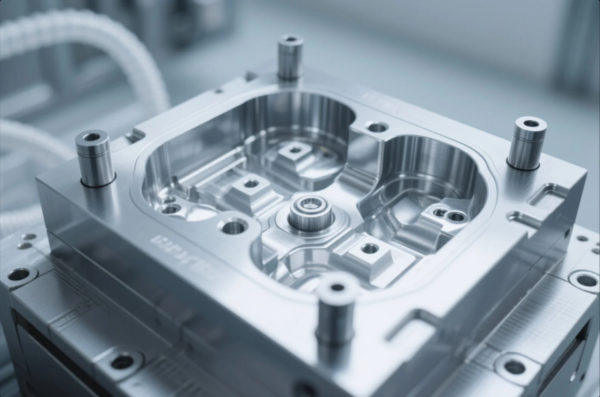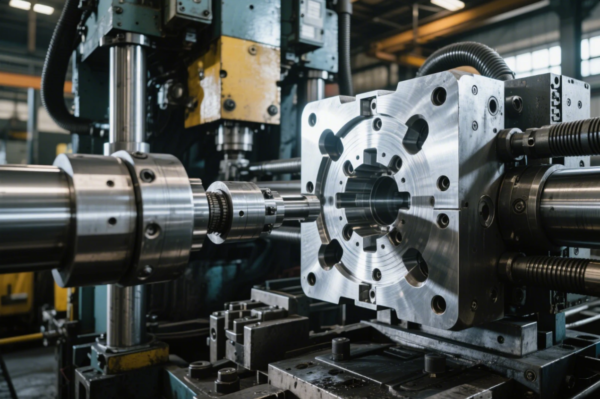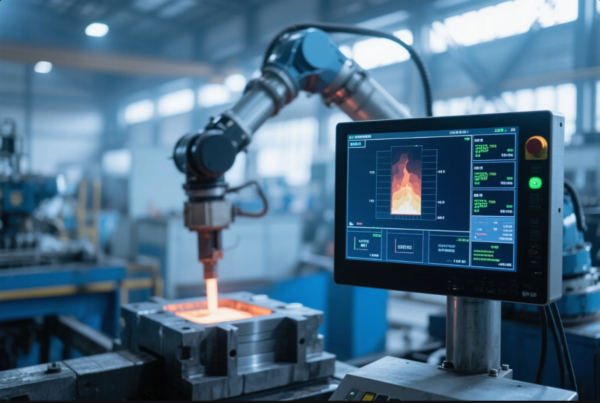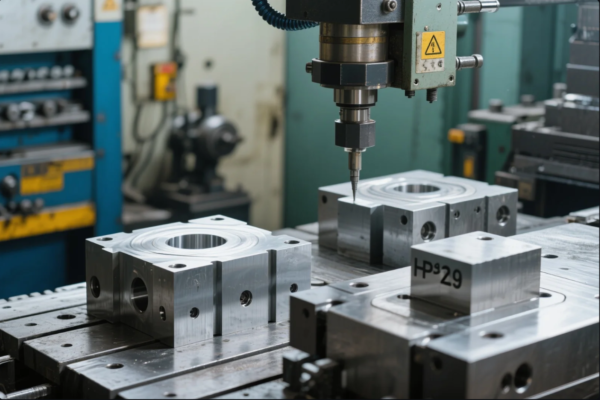What does MAG stand for in welding?
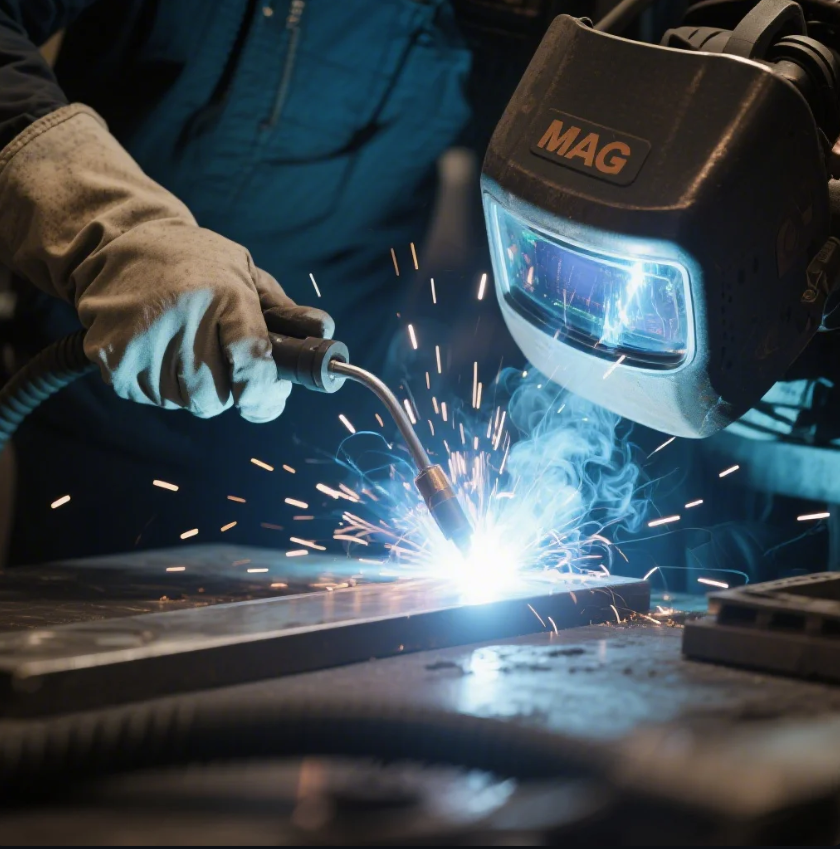
Welding is a critical process in many industries, and understanding the terminology can help streamline production. MAG is one term often used in welding, but what does it really mean?
MAG welding stands for Metal Active Gas welding, a popular technique that uses active shielding gases like CO2.
MAG welding is essential in various applications due to its ability to create strong, durable welds quickly and efficiently. Understanding how it differs from other welding methods is key to making the right choice for your project.
What is MAG in welding?
MAG stands for Metal Active Gas, a welding technique similar to MIG (Metal Inert Gas) welding. In MAG welding, an active shielding gas, such as carbon dioxide (CO2), is used to protect the weld from contaminants in the air. The gas serves to displace oxygen and nitrogen that might interfere with the process, ensuring a clean, strong weld.
MAG welding is commonly used for welding ferrous metals, such as steel, making it suitable for industries like automotive and construction.

In MAG welding, the filler metal is supplied through a consumable wire electrode, which melts and forms the weld pool. The active shielding gas not only protects the weld pool but also influences the welding characteristics like heat input, arc stability, and penetration.
Key Benefits of MAG Welding:
- Speed: Faster than traditional welding methods due to continuous wire feeding.
- Strength: Produces strong and durable welds, especially for steel and stainless steel.
- Versatility: Effective on thicker materials, making it suitable for many industrial applications.
- Cost-effective: The use of CO2 as the shielding gas makes it cheaper than some other welding methods.
MAG Welding Applications:
MAG welding is ideal for a wide range of applications, such as:
- Automotive manufacturing: Welding car parts and frames.
- Construction: Building steel structures and frameworks.
- Shipbuilding: Joining thick plates and hulls.
- Heavy machinery manufacturing: Welding components that undergo high stress and load.
What's the difference between MIG and MAG?
Both MIG and MAG welding use the same process and equipment, but the primary difference lies in the type of shielding gas used. In MIG welding, inert gases like argon or helium are used, while MAG welding uses active gases like CO2 or a mixture of CO2 and argon.
The difference in shielding gases results in different weld characteristics, including penetration, spatter, and heat input.
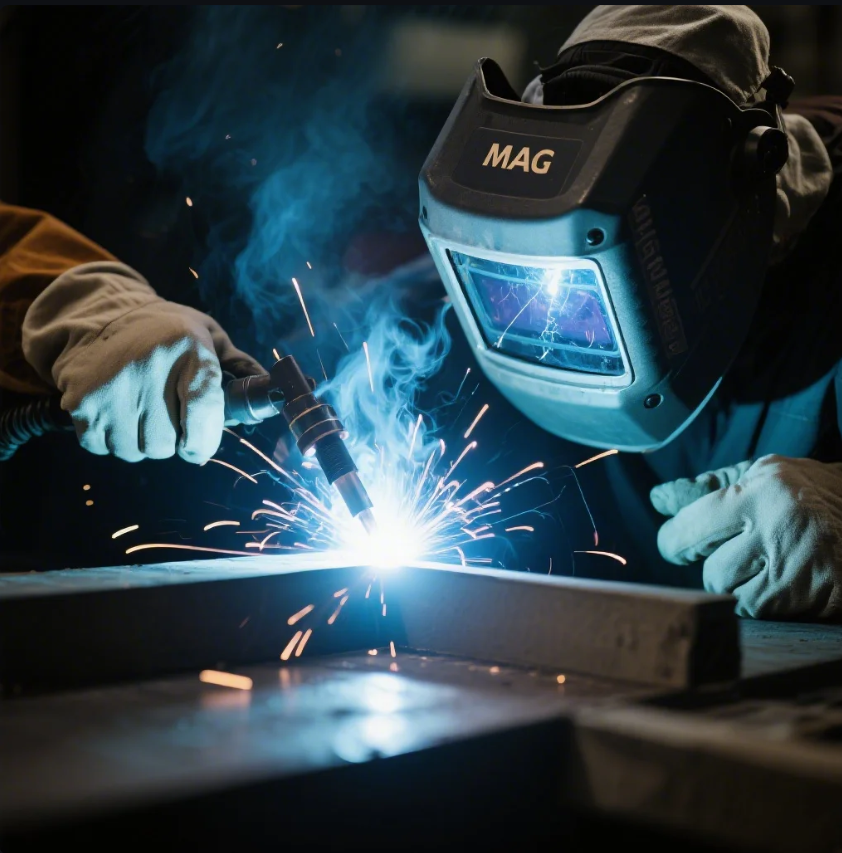
MIG welding is generally used for non-ferrous metals, such as aluminum, due to the inert gas shield, which doesn’t react with the material. MAG welding, on the other hand, is preferred for ferrous metals, where the active gases help enhance the welding process.
MIG vs MAG Key Differences:
| Feature | MIG Welding | MAG Welding |
|---|---|---|
| Shielding Gas | Inert gases (Argon, Helium) | Active gases (CO2, CO2/Argon mixtures) |
| Best for | Non-ferrous metals (Aluminum, Copper) | Ferrous metals (Steel, Stainless Steel) |
| Arc Stability | High with lower spatter | Moderate, with slightly more spatter |
| Weld Penetration | Shallow penetration | Deep penetration |
| Cost | Higher due to inert gas cost | More cost-effective with CO2 |
| Spatter | Lower spatter | Higher spatter, but better penetration |
The distinction between these two methods plays a crucial role in the quality and cost-efficiency of the welding process. While MIG welding produces cleaner welds with less spatter, MAG welding tends to be more cost-effective and suitable for thicker, more industrial-grade materials.
What is 135 MAG welding?
MAG welding is often categorized by the type of gas used, and 135 MAG welding is one specific classification. It refers to a method of MAG welding using carbon dioxide (CO2) as the active shielding gas. This method is highly efficient for welding steel, especially in applications requiring high penetration.
The 135 designation corresponds to the international welding standard classification for CO2-based MAG welding.
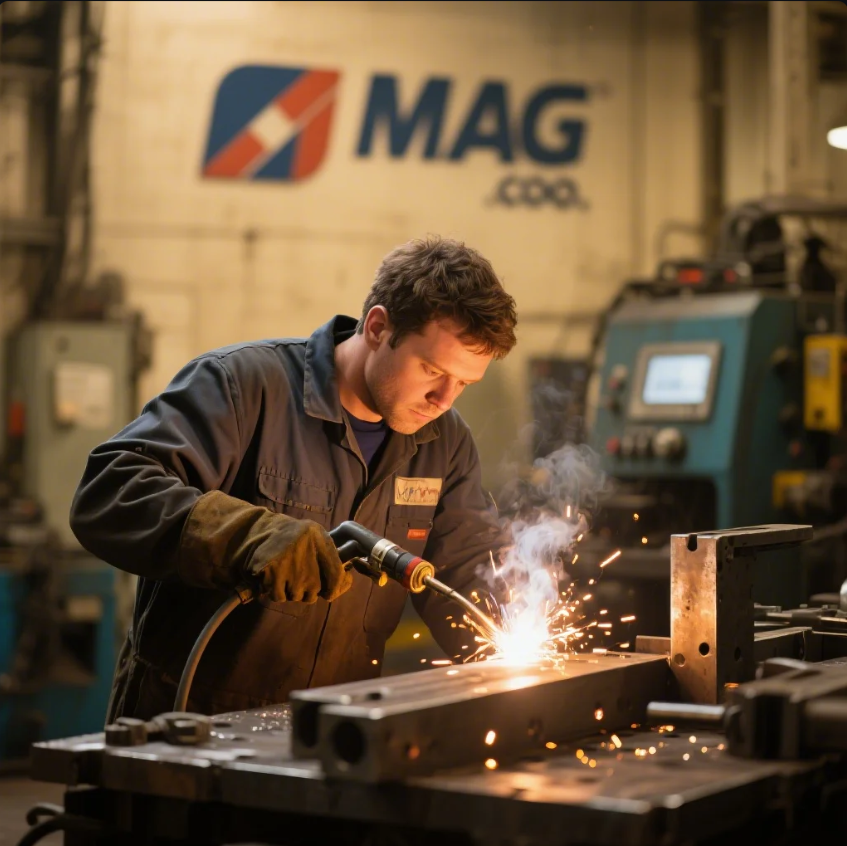
Using CO2 as a shielding gas offers several advantages:
- Lower cost: CO2 is inexpensive compared to other gases.
- Better penetration: CO2 provides deep penetration, making it ideal for thick materials.
- Faster welding: The process allows for higher deposition rates, speeding up production.
- Versatility: It works well with a variety of ferrous materials, from mild steel to stainless steel.
However, CO2 can produce more spatter than other gases like argon, and its use often requires more post-weld cleanup.
Advantages of 135 MAG Welding:
- High penetration and fast deposition rates: Ideal for heavy-duty welding jobs.
- Lower operational costs: CO2 is affordable compared to other gases.
- Versatile: Works well with different ferrous metals.
Disadvantages:
- More spatter: CO2 can produce more spatter than other gases, leading to additional cleanup.
- Potential for oxidation: Higher temperatures during welding can lead to oxidation, affecting the final quality of the weld.
135 MAG welding is a great choice for industries that need to balance efficiency and cost, especially when welding thick, ferrous materials.
What does the MIG stand for in welding?
MIG stands for Metal Inert Gas, which refers to a welding process that uses an inert gas (typically argon or helium) to protect the weld area from contamination. This technique is commonly used in industries where non-ferrous metals need to be welded.
The inert gas used in MIG welding ensures that the weld area remains free from oxidation and contamination, resulting in a clean, strong weld.
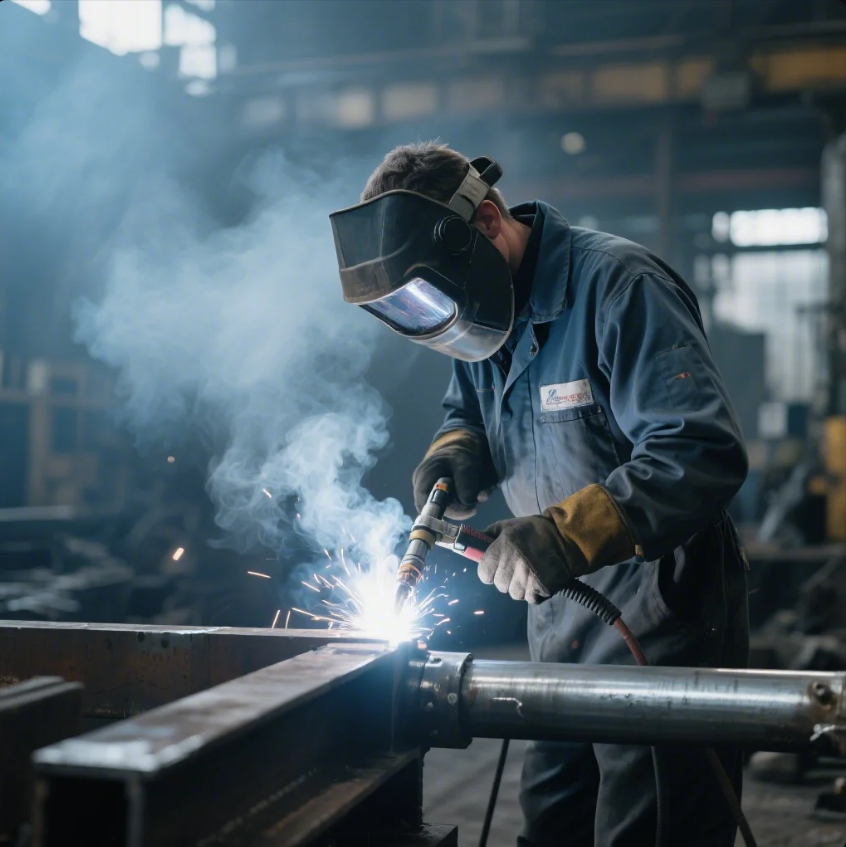
MIG welding is favored for materials like aluminum, brass, and copper due to the need for non-reactive shielding gases. The process is also highly flexible, allowing for easy adjustments to voltage and wire feed speed, which makes it a good choice for both beginners and experienced welders.
Unlike MAG welding, which relies on active gases, MIG welding uses inert gases that do not react with the materials being welded. This makes MIG welding ideal for applications where the weld needs to remain free from contaminants, such as in the aerospace or food industries.
Key Benefits of MIG Welding:
- Clean welds: The inert gas protects the weld area, reducing contamination.
- Versatility: Suitable for a wide range of metals, including aluminum and magnesium.
- Easier for beginners: The process is relatively easy to learn and control.
- Smooth welds: MIG welding often results in smoother, more aesthetically pleasing welds with less spatter.
MIG welding is the method of choice for industries that require high-quality, clean welds, particularly for non-ferrous materials.
Conclusion
Understanding the differences between MAG and MIG welding and the various welding methods can help you choose the best approach for your project. MAG welding, with its use of active gases, is ideal for steel, offering fast, efficient results. If you're looking for reliable welding services or custom metal parts, Prime's expertise and quick delivery will ensure you get top-notch products that meet international quality standards.
Ready to start your next project? Contact Prime today for a custom quote, quick turnaround, and quality you can trust.

